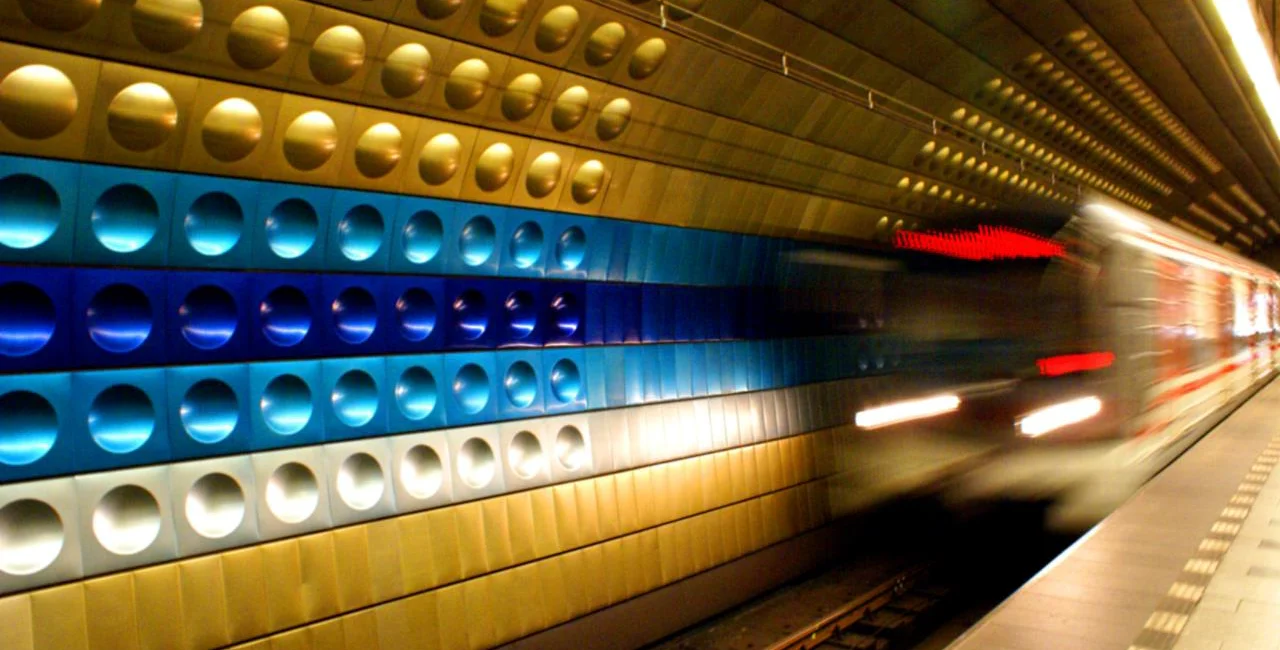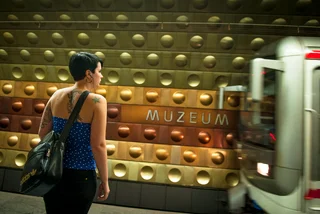Prague’s metro service will increase slightly as of Nov. 30, in response to the expected gradual easing of coronavirus measures.
The last metro trains will leave the end stations at 10:15 pm, instead of 10 pm. The waiting time between trains will also be shortened. The limited operation of trams, buses and commuter trains will remain unchanged for the time being. Restrictions on public transit were introduced Nov. 2.
Public transit organizer ROPID anticipates that the city will transition from the fourth stage to the third stage of the PES system.
The wait time between metro trains will be reduced from Nov. 30 to what they had been in September, before the declaration of the second state of emergency. On line A, it will be reduced by 30 to 45 seconds to 180 to 210 seconds, on line B by 20 to 30 seconds to 160 to 180 seconds and on line C by 10 to 20 seconds to 130 to 155 seconds.
Daily tram and bus service will continue to end at approximately 10:30 pm. Night surface transport will start at around 10 pm. All changes in the scope of transport services are still continuously made in consultation with the city’s Hygiene Station
“Due to the significantly limited outdoor activities and the expected still-limited operating hours of shops or restaurants, even in the next stages of the anti-epidemic measures, we do not expect any significant increase in the number of passengers, especially during the late afternoon and evening,” ROPID said in a press release.
“In connection with the upcoming Advent and a possible increase in passenger numbers in the vicinity of shopping centers, ROPID and the Prague Public Transit Company (PID) are ready to respond flexibly to a possible increase in demand for travel by public transport,” ROPID added.
The current second wave of the coronavirus pandemic, like the spring wave, has had a very severe effect on the number of passengers using Prague’s public transport every day. Currently, ridership is less than 40 percent of what it was compared to November last year.
Even with the limited hours, Prague's public transport is still operating about 80 percent of all connections in the metro and on tram lines, with buses at more than 80 percent. With the increase in metro operations to start Nov. 30, Prague's public transport system will only be operating 10–15 percent less than pre-lockdown restrictions, offering at least twice as much capacity as current demand.
Metro ridership has been reduced by several million passengers since September this year. While in September there were over 18.9 million passengers, in October it was fewer than 13.5 million. From Nov. 1 to 18, about 5.5 million people took the metro. Compared to the same period last November, there is a year-on-year decrease of about 12 million passengers.












 Reading time: 2 minutes
Reading time: 2 minutes 

























